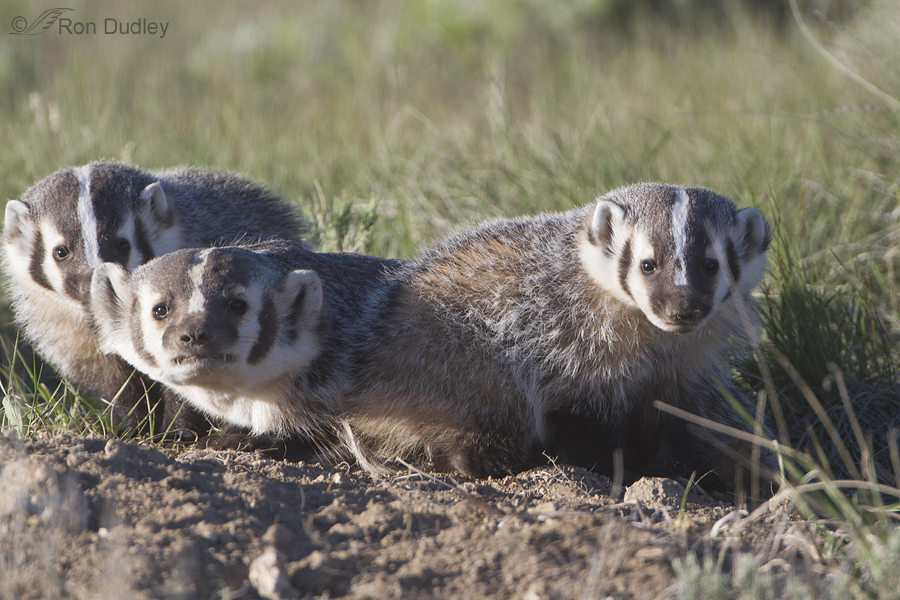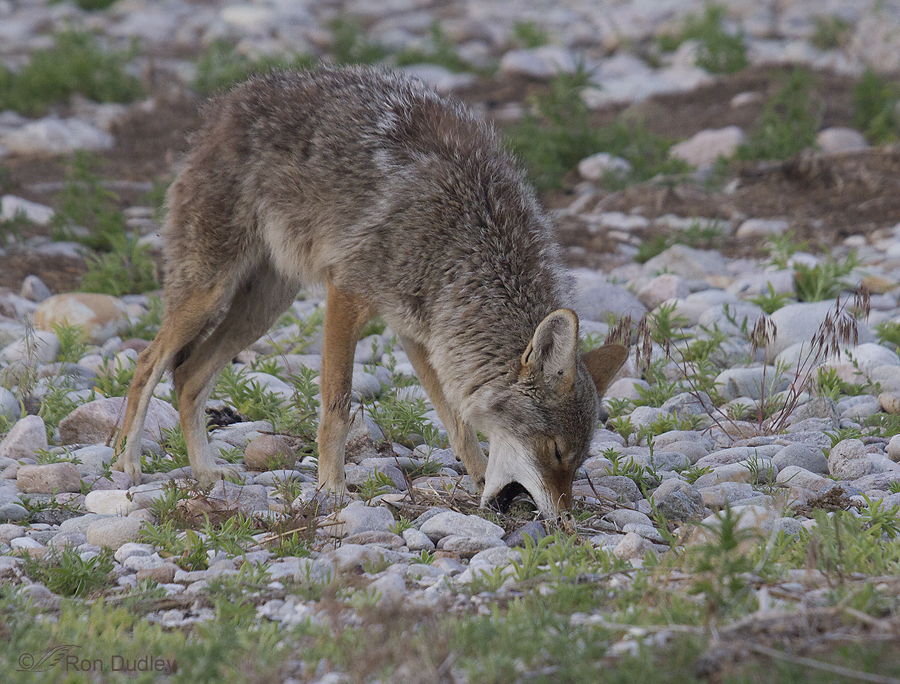Miscellaneous Montana Moments

This post is a potpourri of photos from last week’s Montana trip. I’ll include shots of mammals and scenery so there will be no common theme that runs through all the images other than the trip itself. Travelogues are not my forte and some of these images aren’t of the highest quality but they illustrate some interesting behaviors that I wanted to share.


